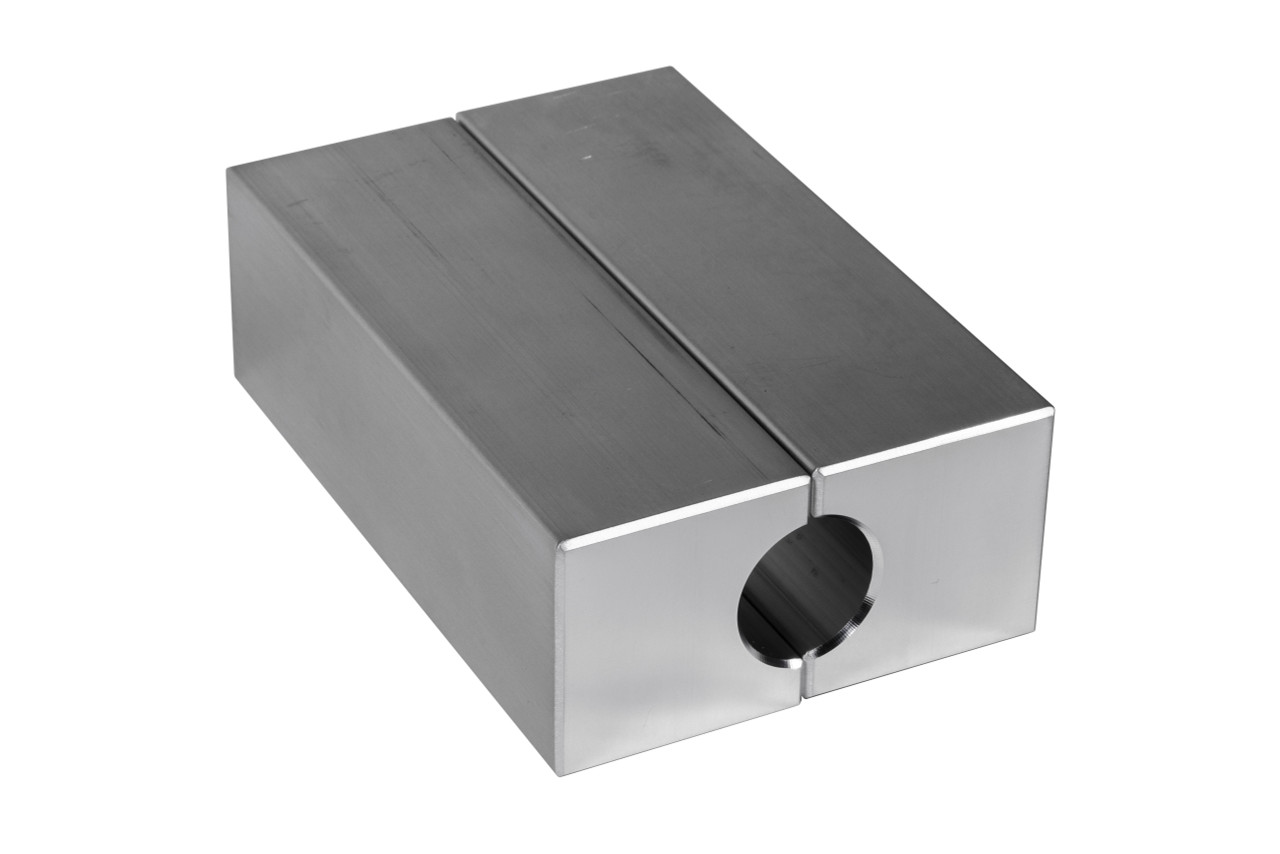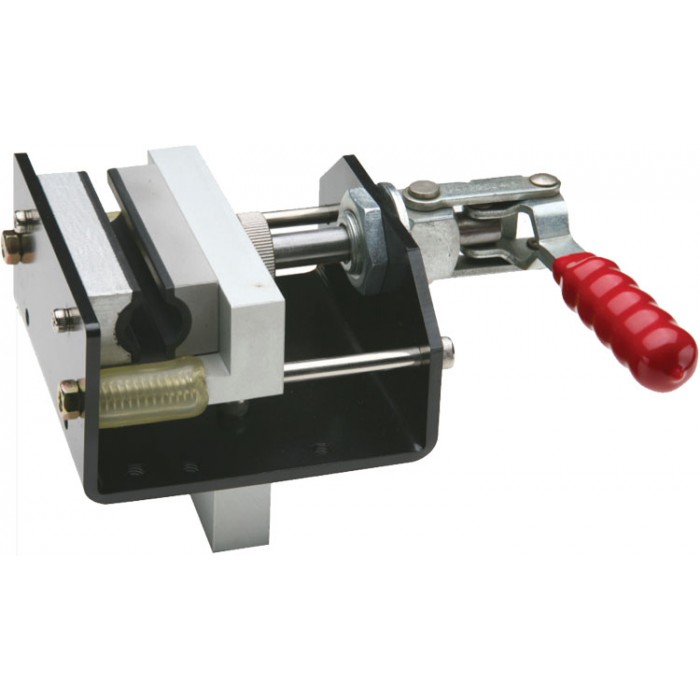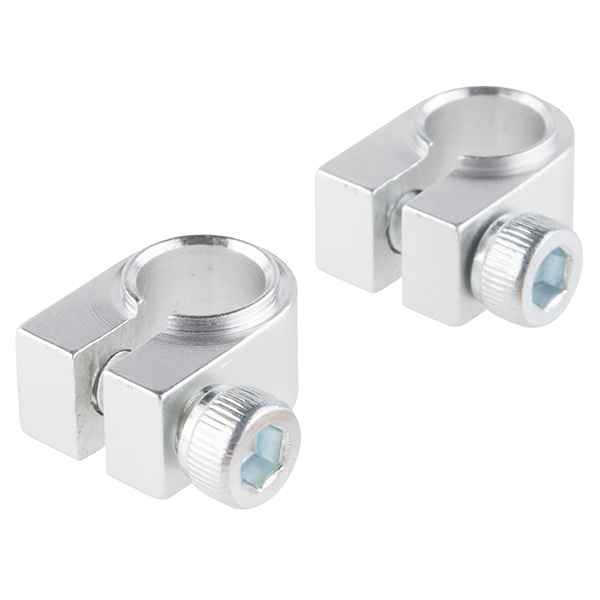
Can you offer insights into retrofitting machinery with split collars for enhanced flexibility?
Retrofitting machinery with split collars can indeed enhance flexibility and versatility in your mechanical systems. Here are some insights into the process:
- 1. Easy Adjustability: One of the key advantages of split collars is their ease of adjustment. When retrofitting machinery, you can replace traditional collars with split collars to make fine adjustments to the position of components on the shaft quickly.
- 2. Reduced Downtime: Split collars simplify the installation and adjustment process. This can significantly reduce downtime during maintenance and reconfiguration of machinery, enhancing overall operational efficiency.
- 3. Compatibility with Existing Shafts: Split collars are designed to fit a range of shaft sizes. When retrofitting, you can often use the same shafts and simply replace the existing collars with split collars, eliminating the need for extensive modifications.
- 4. Modular Design: By using split collars, you can create a modular design for your machinery. This allows for easier customization and adaptation to changing requirements without major overhauls.
- 5. Quick Component Replacement: In cases where components like pulleys, sprockets, or gears need replacement, split collars simplify the process. You can swap out components without disassembling the entire system.
- 6. Precision Positioning: Split collars provide precise positioning on the shaft. This is valuable when retrofitting machinery for tasks that demand accuracy, such as CNC machining or robotics.
- 7. Space Efficiency: Split collars have a compact design, making them suitable for machinery with limited space. This is especially beneficial when you need to optimize the use of available area.
- 8. Variety of Materials: Split collars are available in various materials, including steel, aluminum, stainless steel, and plastic. You can choose materials that align with your specific retrofitting needs, such as corrosion resistance or weight considerations.
- 9. Weight Savings: In industries like aerospace and automotive, where weight is a critical factor, retrofitting with lightweight split collars can result in significant weight savings without sacrificing performance.
- 10. Industry-Specific Solutions: Many suppliers offer industry-specific split collar solutions. When retrofitting machinery for applications like food processing, medical devices, or aerospace, you can find collars designed to meet industry standards and regulations.
When retrofitting machinery with split collars, it’s essential to carefully plan the process, ensure compatibility with existing components, and consider the specific advantages they offer for your application. This approach can lead to improved flexibility, reduced maintenance time, and enhanced adaptability in your machinery.

Are there guidelines for lubricating and maintaining split collars to ensure optimal performance?
Maintaining split collars is essential to ensure their optimal performance and longevity. Here are guidelines for lubricating and maintaining split collars:
- 1. Lubrication: Lubrication helps reduce friction, prevents galling, and enhances the performance of split collars. Consider the following when applying lubrication:
- a. Select the Right Lubricant: Choose a lubricant suitable for your application and material of the split collar. Common options include dry film lubricants, oils, and greases.
- b. Apply Lubricant Sparingly: Apply a thin, even layer of lubricant to the inside diameter of the split collar where it contacts the shaft. Avoid overapplication, as excess lubricant can attract contaminants.
- c. Reapply as Needed: Regularly check the condition of the lubrication and reapply as necessary, especially in high-load or high-speed applications.
- d. Clean Before Relubricating: Before reapplying lubricant, clean the collar and shaft to remove any old or contaminated lubricant. This ensures the new lubricant functions effectively.
- 2. Regular Inspection: Periodically inspect the split collars for wear, damage, or misalignment. Look for signs of wear, such as grooving or scoring on the inner surface, and replace collars if necessary.
- 3. Proper Installation: Ensure split collars are installed correctly, with the two halves aligned. Misalignment can lead to uneven pressure distribution and reduced performance.
- 4. Tighten Securely: When installing split collars with set screws or clamping mechanisms, tighten them securely to prevent slippage or movement on the shaft.
- 5. Replace Damaged Components: If you notice any damaged or worn components, such as set screws or clamping screws, replace them promptly to maintain collar performance.
- 6. Environmental Considerations: Be aware of the operating environment. In harsh conditions, such as those with exposure to moisture or chemicals, select collars with appropriate materials and consider additional sealing mechanisms.
- 7. Corrosion Prevention: Use corrosion-resistant split collars when applicable. Regularly inspect and maintain collars in corrosive environments to prevent degradation.
- 8. Reusability: If the collars are designed for reuse, follow proper disassembly and reassembly procedures. Avoid damaging threads or critical components during disassembly.
- 9. Training and Knowledge: Ensure that personnel responsible for maintenance and installation are adequately trained and knowledgeable about split collars and their specific requirements.
Following these guidelines for lubrication and maintenance will help ensure the optimal performance and extended lifespan of split collars in various applications.

What factors should I consider when choosing a split collar for a specific shaft size?
Choosing the right split collar for a specific shaft size is crucial to ensure a secure and reliable connection. Several factors should be considered during the selection process:
- 1. Shaft Diameter: Measure the diameter of the shaft accurately. The inner diameter of the split collar should match the shaft size precisely to ensure a proper fit and grip.
- 2. Collar Material: Select a collar made from a material suitable for your application. Common materials include steel, aluminum, and stainless steel. Consider factors such as strength, corrosion resistance, and environmental compatibility.
- 3. Shaft Material: The material of the shaft is important, as it affects compatibility with the collar material. Ensure that the collar material is compatible with the shaft material to prevent galvanic corrosion or excessive wear.
- 4. Environmental Conditions: Consider the operating environment. If the application is exposed to moisture, chemicals, or extreme temperatures, choose a collar with the appropriate corrosion resistance and environmental seals if necessary.
- 5. Load and Torque: Determine the load and torque requirements of your application. Select a split collar that can handle the expected forces without deforming or slipping on the shaft.
- 6. Collar Type: Choose the appropriate collar type, such as a single-split or double-split collar, based on your application’s requirements. Double-split collars provide greater holding power but may require more space on the shaft.
- 7. Locking Mechanism: Different split collars use various locking mechanisms, including set screws, clamping screws, or levers. Consider the ease of installation and removal, and the effectiveness of the locking mechanism for your application.
- 8. Space Limitations: Evaluate the available space on the shaft. Ensure that the split collar can be installed without interference from adjacent components or other collars on the same shaft.
- 9. Reusability: Determine if the split collar needs to be reusable. Some collars can be removed and reinstalled multiple times, while others may be designed for permanent installations.
- 10. Precision Requirements: For applications requiring precise positioning, choose a split collar with tight tolerances and accurate machining to ensure proper alignment of components.
- 11. Special Features: Some split collars offer additional features, such as vibration damping, environmental sealing, or keyways. Assess whether these features are necessary for your application.
- 12. Budget Constraints: Consider your budget and the cost of the split collar. While quality is essential, it’s important to find a balance between performance and cost-effectiveness.
By taking these factors into account, you can make an informed decision when choosing a split collar that suits your specific shaft size and application requirements.


editor by Dream 2024-04-23